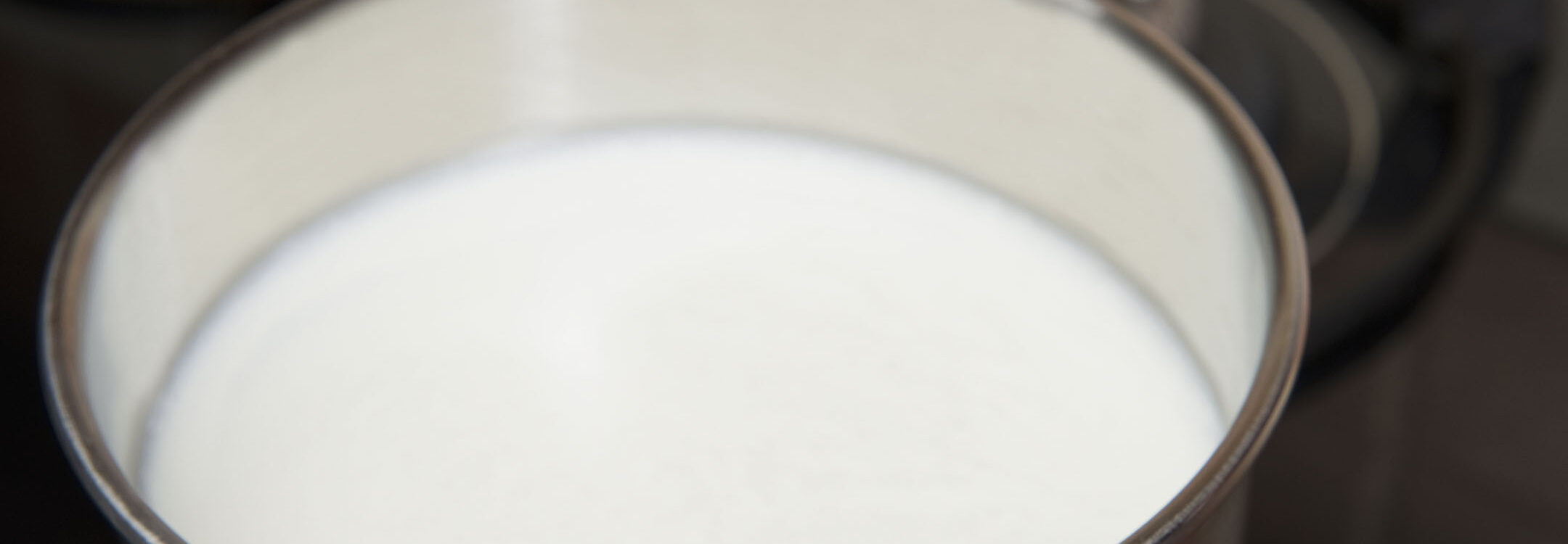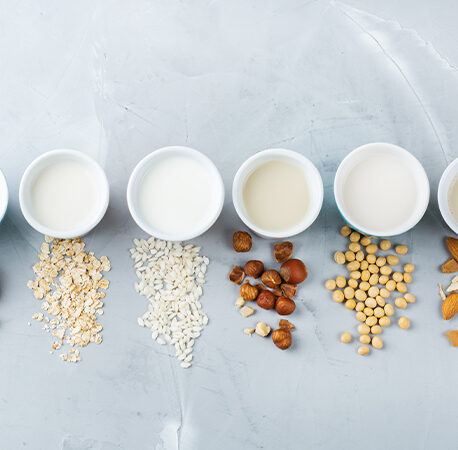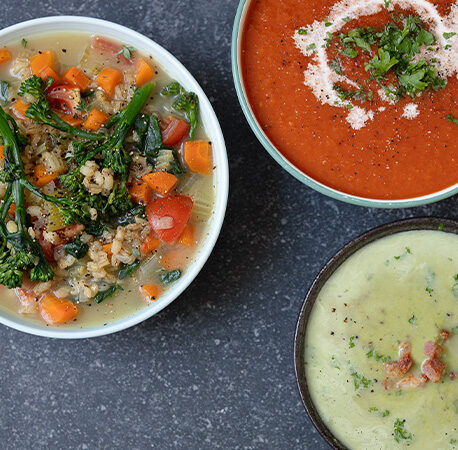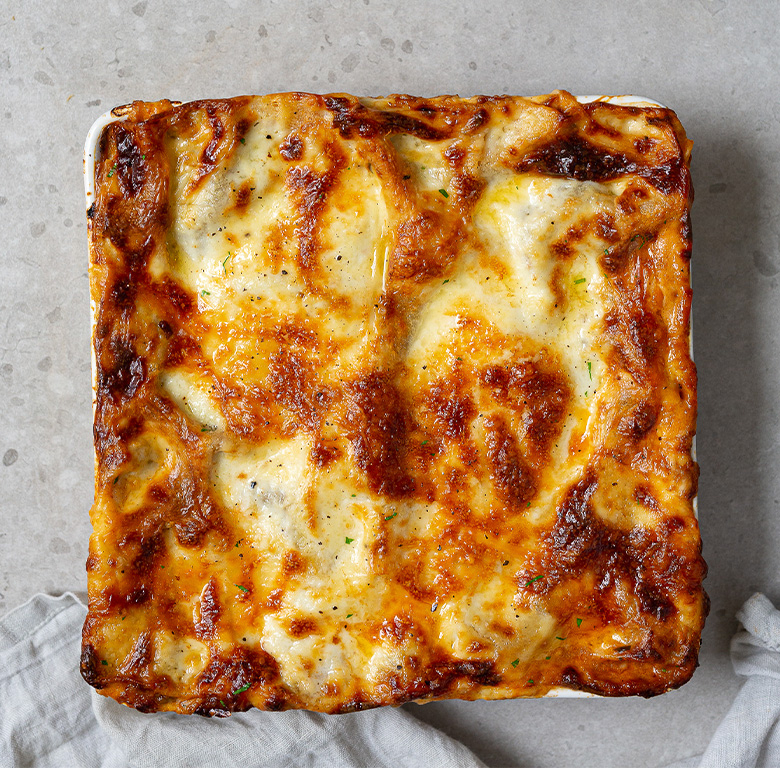Scalding milk is the process of heating the milk in a saucepan until just before it comes to a boil, then cooling it.
Place the milk in a saucepan over a medium-high heat. After a few minutes, watch for tiny bubbles appearing around the edge of the saucepan. Once you see these bubbles, the milk has been scalded; remove the milk from the heat and allow it to cool at room temperature for 5-10 minutes.
Originally, the reason for including this step was to kill dangerous bacteria. While this is no longer an issue due to the widespread use of pasteurisation, scalding milk still serves some purposes. If you see this step included in a recipe, it’s likely there to serve one of the following purposes.
1. Adding flavour
When milk is warmed, it takes on flavours very easily. Adding an aromatic to the warming milk — such as a cinnamon stick, a vanilla pod, a bay leaf or some fresh thyme — will infuse that flavour into the milk.
2. Saving time
In a recipe that requires butter to be melted or sugar to be dissolved, starting with warm milk will help accomplish these things faster. Yeast will also activate more quickly in warm liquid rather than cold, causing the dough to rise at a swifter pace.
3. Helping bread dough to rise
The whey protein in milk can weaken gluten, which in turn can prevent bread dough from rising properly. Scalding the milk denatures the protein, letting the gluten do its thang and also resulting in a softer, fluffier dough. This works for sponge cakes, too.
If in any doubt as to whether you should scald your milk, always follow the recipe to the letter.






You have to be signed in to comment this post.